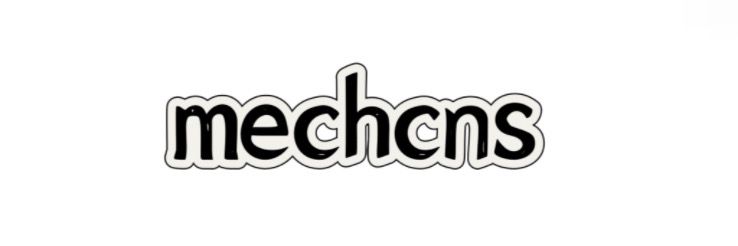different types of press machines
When selecting the right equipment for manufacturing and production, understanding the various categories of machines becomes essential for optimizing workflow and boosting productivity.
Are you interested in learning more about different types of press machines? Contact us today to secure an expert consultation!
Understanding Different Types of Press Machines
Press machines are vital industrial tools used for shaping, forming, or assembling materials. They play a crucial role in various sectors, such as automotive, aerospace, and consumer goods manufacturing. There are several different types of press machines available on the market today, each tailored to specific applications and materials.
Mechanical Presses
Mechanical presses utilize a crank mechanism to transform rotary motion into linear motion. These machines are capable of applying high force to materials, making them suitable for operations like stamping and bending. They come with a range of capacities, typically between 10 to 200 tons.
Hydraulic Presses
Hydraulic presses use hydraulic cylinders to generate compressive force. They are particularly effective for operations requiring continuous force over a long duration. Hydraulic machines are commonly employed in tasks like die cutting and metal forming due to their versatility and control over the applied force.
Pneumatic Presses
Pneumatic presses operate using compressed air to produce force, making them ideal for lighter and faster applications. Commonly found in assembly lines, these machines excel in processes that require speed and precision, such as riveting and inserting parts.
Common Problems Faced by Customers
While the different types of press machines offer unique advantages, customers often encounter various problems during their operation. These issues can significantly impact productivity and operational efficiency.
Downtime and Maintenance Issues
One of the primary concerns is unexpected downtime due to equipment failures or maintenance issues. Mechanical and hydraulic presses, in particular, may require regular servicing to function optimally. Such interruptions can hinder production schedules and result in considerable financial losses.
Further reading:Enhanced Efficiency with Industrial Carbon Steel Spiral Chutes
Safety Hazards
What Are the Best Size Reduction Shredding Applications?
Another pressing issue is the potential safety hazards associated with operating press machines. Employees may be at risk of injury if proper safety protocols are not followed. Furthermore, older machines often lack modern safety features, which increases this risk.
Training and Skill Gaps
Lastly, inadequate training for personnel can lead to improper handling of machines, resulting in subpar output quality and increased wear and tear on the equipment. As industries evolve, operators must be adept with the latest technology to ensure consistent performance.
Effective Solutions for Common Press Machine Challenges
To counteract these problems effectively, companies can implement several straightforward solutions that are both feasible and easy to operate.
Regular Maintenance and Scheduled Inspections
Implementing a proactive maintenance schedule can dramatically reduce unexpected downtimes. By conducting regular inspections and preemptive repairs, companies can identify potential issues before they escalate. Moreover, investing in maintenance training for staff will empower them to spot and address minor problems early on.
Enhanced Safety Protocols
To mitigate safety hazards, organizations should establish clear safety protocols and guidelines for operating press machines. This can include mandatory safety gear, educational workshops on safe machine operation, and regular safety drills. Additionally, upgrading to modern machines with better safety features can further minimize risk.
Comprehensive Training Programs
To bridge the skill gap, businesses should invest in extensive training programs. This might involve hands-on training sessions, workshops, or online courses. Providing staff with knowledge about the specific types of press machines used in their operations will ensure they can operate them effectively and safely.
Conclusion
Understanding the different types of press machines available can significantly enhance operational efficiency and safety in manufacturing environments. By addressing common challenges through regular maintenance, rigorous safety protocols, and comprehensive training, companies can ensure the smooth functioning of their press machines, leading to increased productivity and job satisfaction among employees.
For more information, please visit Plate and Frame Filter.
18
0
0
All Comments (0)
Previous: How Solar Panel Trash Cans Improve Waste Management and Sustainability
Next: What Are the Best Size Reduction Shredding Applications?
If you are interested in sending in a Guest Blogger Submission,welcome to write for us!


Comments